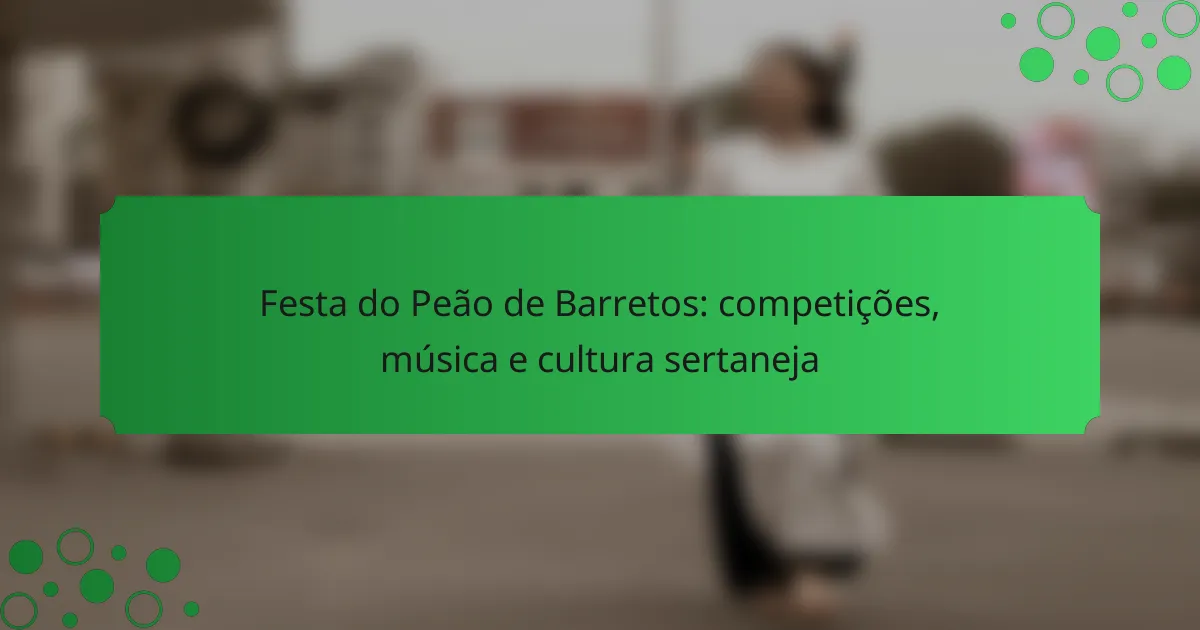Tropicalismo is a Brazilian cultural movement that emerged in the 1960s, encompassing music, literature, and visual arts. It aimed to blend foreign influences with elements of Brazilian culture, prominently featuring artists like Caetano Veloso and Gilberto Gil, who were central figures in the movement. Tropicalismo also served as a response to the military dictatorship of […]

Os principais temas abordados nas obras de Jorge Amado e seu impacto cultural
Jorge Amado is a prominent Brazilian author known for his exploration of key themes such as class struggle, Bahian culture, and the human condition in his literary works. His narratives often depict social inequality, the exploitation of workers, and the vibrant traditions, cuisine, and music of Bahia. Amado’s characters frequently represent marginalized groups, reflecting the […]

Bolo de Rolo: tradição, receitas e dicas para servir
Bolo de Rolo is a traditional dessert from the northeastern region of Brazil, particularly Pernambuco, characterized by its thin layers of cake rolled with guava paste. This culinary heritage, originating from the colonial period and influenced by Portuguese cuisine, is recognized as an intangible cultural heritage of Pernambuco. The article provides a detailed recipe for […]

O papel do Funk carioca na cultura urbana: batidas, danças e expressões sociais
Funk carioca is a significant musical genre and cultural phenomenon in Brazil, originating in the 1980s and 1990s. It serves as an artistic expression that reflects the social realities of Rio de Janeiro’s communities, particularly the favelas. The genre addresses critical themes such as inequality, violence, and identity, giving a voice to marginalized youth. Additionally, […]

Festa do Peão de Barretos: competições, música e cultura sertaneja
The Festa do Peão de Barretos is one of Brazil’s largest rodeo events, held annually in Barretos, São Paulo. This event celebrates sertaneja culture and rodeo traditions, featuring competitions in bull riding, horse riding, and lassoing, alongside performances by renowned sertaneja music artists. Since its inception in 1955, the festival has evolved into a significant […]

Tacacá: ingredientes, preparo e tradições regionais
Tacacá is a traditional soup from the Amazon region of Brazil, primarily made with tucupi, tapioca gum, and dried shrimp, seasoned with garlic and pepper. It is commonly served hot in wooden bowls and is a staple in the northern states, particularly Pará. The dish is celebrated for its distinctive flavor and texture, reflecting the […]

Reveillon na Praia: tradições, superstições e celebrações à beira-mar
Réveillon na Praia is a popular New Year’s Eve celebration held on beaches in Brazil, notably in Copacabana. This event features traditional rituals such as jumping seven waves and making wishes, with participants often dressed in white to symbolize peace and renewal. Fireworks play a significant role, lighting up the sky as friends and families […]

O impacto do grafite na cultura urbana brasileira: artistas e mensagens
Grafite is a significant form of artistic expression within Brazilian urban culture, serving as a visual communication medium that addresses social, political, and cultural issues. Artists employ grafite to convey messages of resistance and identity, often focusing on themes like inequality, racism, and violence, while also beautifying degraded urban spaces. Cities such as São Paulo […]

As raízes do Forró: história, instrumentos e danças tradicionais
Quais são as origens do Forró? O Forró tem origens na música folclórica nordestina do Brasil. Ele se desenvolveu a partir de influências de ritmos como o xote, o baião e o frevo. O Forró ganhou popularidade nas festas juninas e nas danças de salão. A palavra “forró” pode derivar do inglês “for all”, referindo-se […]

Carnaval do Rio de Janeiro: história, tradições e impacto cultural
Carnaval do Rio de Janeiro is one of the largest popular festivals in the world, occurring annually, typically in February or March. This celebration has historical roots dating back to the colonial period and features samba school parades held at the Sambódromo, showcasing elaborate choreography and vibrant costumes. Additionally, street blocks attract millions of revelers, […]
